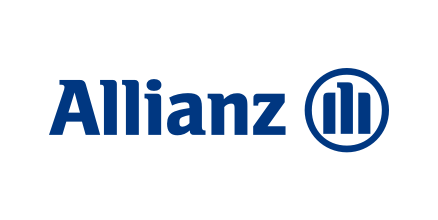When it comes to international trade, there are several key elements of trade agreements that must be considered. These agreements lay out the terms and conditions for conducting business between two or more countries. They cover a wide range of topics, including tariffs, quotas, intellectual property rights, and more.
One important aspect of trade agreements is the inclusion of NCA incidental credit agreements. These agreements allow for the extension of credit to buyers in international transactions. They provide a framework for determining the terms and conditions of such credit, including interest rates, repayment terms, and any applicable fees.
Another common feature of trade agreements is the provision for f-contract or money on account. This refers to the practice of prepaying for goods or services before they are delivered. This can help to establish trust between the buyer and seller and mitigate the risk of non-payment or non-delivery.
It is also important to understand what a school funding agreement is in the context of international trade. These agreements are often signed between governments or educational institutions to provide financial support for educational programs and initiatives. They outline the terms and conditions of the funding, including how it will be allocated and any reporting requirements.
Trade agreements can also extend to individual countries, such as the free trade agreement between Malaysia and Sri Lanka. These agreements aim to promote trade and economic cooperation between the two nations by reducing or eliminating barriers to trade, such as tariffs and quotas. They can help to create new business opportunities and stimulate economic growth.
When entering into any contract, including trade agreements, it is essential to have a solid understanding of basic contract law. This includes knowing the legal essentials for public officers, such as the elements of a valid contract, the importance of consideration, and the capacity to enter into a contract.
Furthermore, it is crucial to compare and contrast a void versus voidable contract. While both types of contracts are not enforceable, they differ in the circumstances under which they can be invalidated. Understanding these distinctions can help parties involved in a contract determine their rights and obligations.
In some cases, parties may need to provide an indemnity to protect themselves from potential liabilities. For example, an indemnity agreement OAS can be used to shield one party from financial losses or damages resulting from specified events or actions. These agreements help to allocate risks and responsibilities between the parties involved.
When two companies collaborate, they often enter into a MOU agreement format. This stands for Memorandum of Understanding and establishes a mutual understanding and formalizes the intention to work together. The MOU outlines the terms and conditions of the collaboration, including the scope of work, responsibilities, and any financial arrangements.
Lastly, a MTA agreement template can be used to govern the transfer of materials between organizations for research or development purposes. This agreement ensures that both parties understand their rights and obligations regarding the use, ownership, and protection of the transferred materials.
As you can see, trade agreements and other legal essentials play a vital role in facilitating international trade and ensuring smooth business operations. Understanding these elements and having proper documentation in place is crucial for businesses and individuals involved in global commerce.









